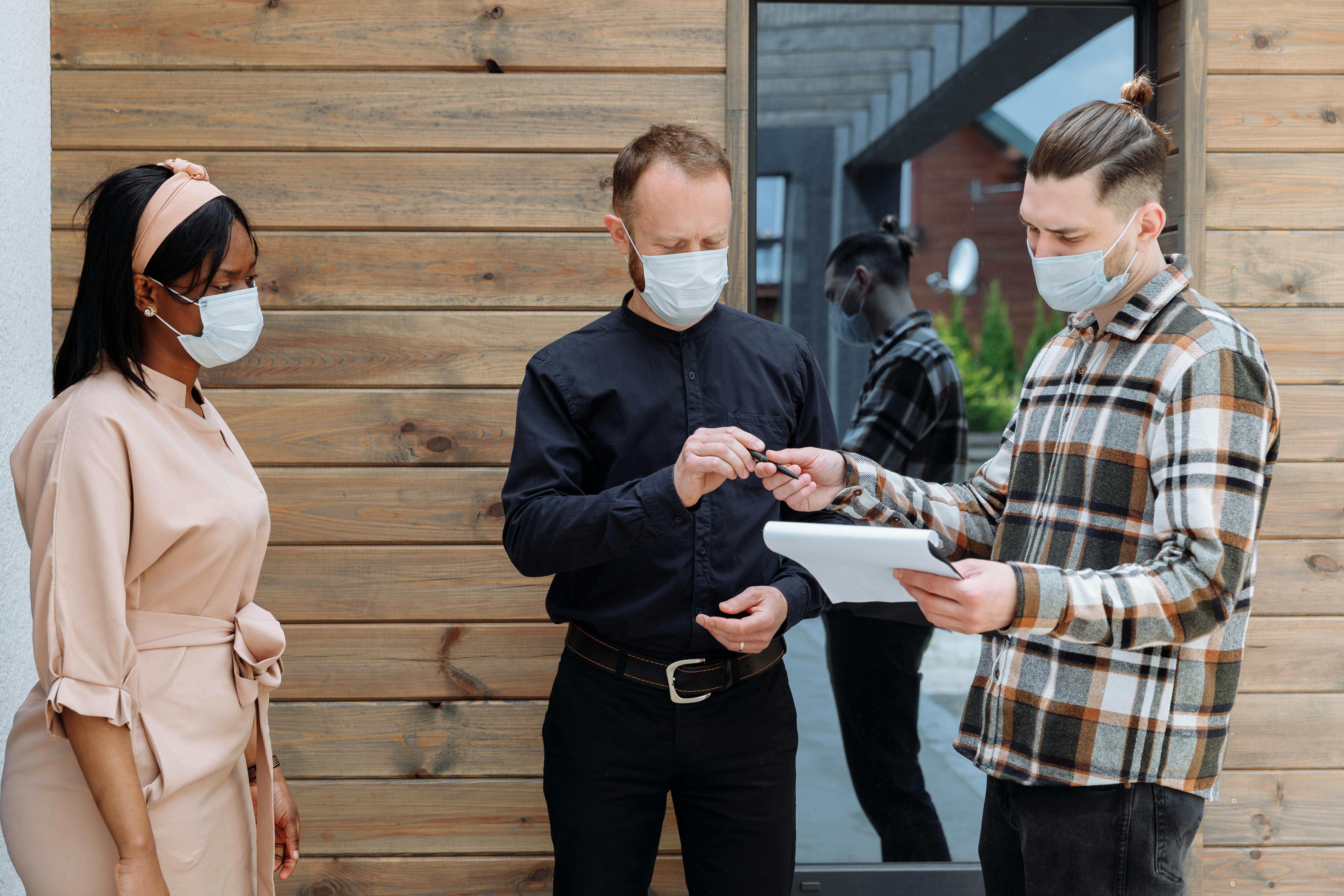When you are using a service or enjoying an activity outside your home, you may be surprised to find that you could be signing away your right to pursue compensation for an injury. In order to use an app or participate in an activity, you are often required to sign the service provider’s liability waiver. A liability waiver, or release of liability, is a legal document that a company or organization has you sign in order to protect them from being sued in the event that you are injured. When handed such documents before trying a new physical pursuit or using a rideshare service app, most people hastily sign, not understanding the terms or the potential ramifications of waiving a service provider of potential liability.

Businesses That Require Liability Waivers
Typically, liability waivers are required by:
- Gyms and recreational activity businesses
- Shooting ranges
- Sport leagues or lessons
- Sporting events like motorsport races
- Risky activities like sky diving, skiing, and bungee jumping
- Equipment and vehicle rentals
Sometimes healthcare providers and daycares may require a signed liability waiver form. A release of liability may also be requested by schools to allow your child to go on a field trip.
How Does a Liability Waiver Work?
When you sign a service provider’s liability waiver, you are agreeing not to hold the service provider responsible for any injury you may sustain as a result of ordinary negligence. Ordinary negligence and gross negligence are the two types that factor into these types of cases.
- Ordinary negligence – Ordinary negligence refers to unsafe conditions that can arise even if a property owner or service provider is attempting to maintain a safe environment. This could be broken equipment, poor advice, or other unsafe conditions, and it could be unintentional.
- Gross negligence – Gross negligence refers to willful disregard for customer or participant safety. With gross negligence, a service provider is aware of a hazard, but they do not take action to mitigate the risk and protect those at the event or property.
Should You Sign a Liability Waiver?
Before the next time you consider signing a liability waiver, there are some things you should know. First, understand why a company would require you to sign a liability waiver. The two main purposes of a release of liability for a company are to document in writing that you have been warned of potential risks and to remove their responsibility for injuries that arise from ordinary negligence. You should also always read the agreement carefully before signing. This seems like common sense, but often, liability waivers are presented at the very moment you are about to enter a venue, participate in an event, or use a service. In this situation, many people simply sign the waiver without reading or understanding the terms.
In some jurisdictions, liability waivers are frequently found to be legally binding, so you can’t count on the courts overturning the agreement in your favor. While an injured person who signed a waiver may think they have relinquished their rights to sue, an experienced personal injury attorney may see a way to move forward with an injury claim. According to case law in Florida, valid waivers of liability must meet the following criteria:
- Clear language – Does the waiver use clear language that helps the signer understand the rights being waived and addresses all potential risks for injury?
- Unambiguous – Does the waiver describe in no uncertain terms what rights are being waived that would prevent the signee from suing the organization?
- Unequivocal – Does the waiver use clearly defined language in a way that does not allow loopholes regarding waiver of rights?
- Specific – Does the waiver clearly state what injury claims are being waived?
A liability waiver may be considered invalid in the courts on the following bases:
- Language of the waiver – Is the waiver wording unclear (even slightly) or ambiguous about rights waived or how the organization would not be at-fault for specific injuries?
- Format – Were specific details of the waiver difficult to read or hidden? For example, the font is too tiny to read (the fine print) clearly, or a vital statement is buried in an unrelated section of the waiver.
- Negligence – Was the injury the result of gross or willful negligence? If the injury was the result of reckless, wanton, gross, or egregious negligence, the waiver may be invalid. For example, the injury was caused by slipping on oil left on the floor by an employee or caused by gym equipment not properly maintained.
Can You Sue if You Signed a Liability Waiver?
It is possible that you can sue to recover damages, even if you signed a release of liability. These cases are often complex, and a valid liability waiver may prevent the injured person from successfully suing an organization from seeking damages, losses and legal expenses. However, there are a few general instances in which the waiver could be found invalid or you may have grounds to sue a negligent third party. An experienced personal injury attorney can help ascertain the validity of the waiver and possibly determine a way to overcome it.
- Defective products – If you were injured due to a defective product provided by the company or organization, you may be able to sue the manufacturer under product liability.
- Gross negligence – Even if a waiver states that you agree not to hold the company responsible for injury, the courts may hold a company liable for injuries arising out of gross negligence in the case of extreme recklessness or disregard for safety.
- Misrepresentation – If a service provider misrepresents the service or activity, you may have a fraud case against the service provider, and the waiver may not be found to be enforceable.
The goal of a liability waiver is to discourage and prevent people with injuries from filing a claim. When worded correctly, a liability waiver is a contracted agreement between a person and an organization that the signee knows the risks associated with the activity or service, understands and acknowledges they may get injured, and will not hold the organization responsible for injuries.
What to Do if You Signed a Waiver and Were Injured
The first thing to do in any personal injury case is to seek medical treatment. Your visit to a healthcare professional is crucial for your well-being and to document the injury. Any additional documentation and records you can gather can be helpful, as well. This could include pictures of defective equipment, dangerous conditions, and contact information from witnesses.
Next, contact an attorney. It can take a significant amount of time, energy, and resources to recover damages in personal injury cases. An experienced lawyer will be able to review the circumstances of your injury, the validity of the waiver, and other factors to determine if you have a case.
Many businesses, organizations, and sporting events require people to sign liability waivers to help avoid personal injury lawsuits. Signed liability forms are often required when an activity or service carries a certain amount of risk. The purpose is to release the organization from legal liabilities due to injuries incurred on their property. But people need to live their lives. If you were the victim of an accident on a business’s property and think you could be entitled to compensation, contact the Law Offices of Kirshner, Groff, and Diaz to speak to a real lawyer about your case. All consultations are no-obligation.



